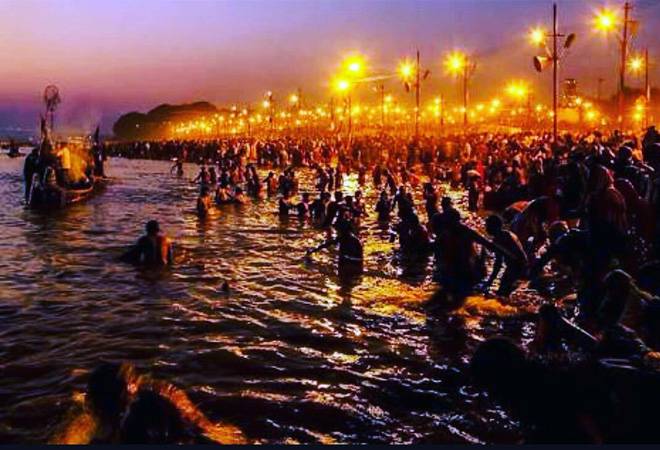
India is recognised globally as a country that celebrates its traditions and cultural heritage. And Kumbh Mela, which is the largest peaceful gathering of pilgrims on the planet, is one such event that marks the celebration of Hindu heritage. The Kumbh Mela is held every three years in Haridwar, Prayagraj, Ujjain, and Nasik. The mela returns to each of these cities after 12 years.
Earlier in 2017 at Jeju, South Korea, UNESCO's Intergovernmental Committee for the Safeguarding of the Intangible Cultural Heritage had adorned 'Kumbh Mela' on the Representative List of Intangible Cultural Heritage of Humanity.
Commencing from January 15, 2019, the sacred city of Prayagraj will observe its first Ardh Kumbh Mela after its recent rechristening. The festivities will end on March 4, 2019. The Kumbh Mela is a mystery for anybody who hasn't been at the centre of chaos in Prayagraj. So, let's unravel the unknown and find out more about the incredible experience one usually associates with the Kumbh Mela's.
The first royal bath (Shahi Snan) of the Ardh Kumbh Mela will be observed on the auspicious day of Makar Sankranti. It is here that all the prominent religious groups take a dip at the Triveni Sangam at Prayagraj. The second royal bath will take place on January 21 and is called Paush Poornima. The last bath will be observed on the day of the festival of Maha Shivratri on March 4, 2019.
Kumbh Mela is held on the dates when the waters of the Sangam turns into nectar. The precise dates are calculated according to a combination of astrological positions of Jupiter, the Sun and the Moon.
The Ardh Kumb Mela will commence on January 15 when astrologically, the planet Jupiter is in Aries and Sun and Moon, are in Capricorn during the Hindu month of Magha.